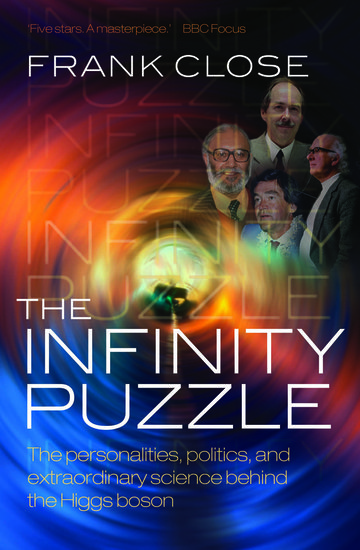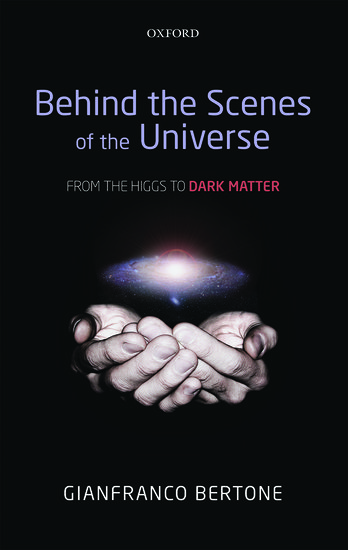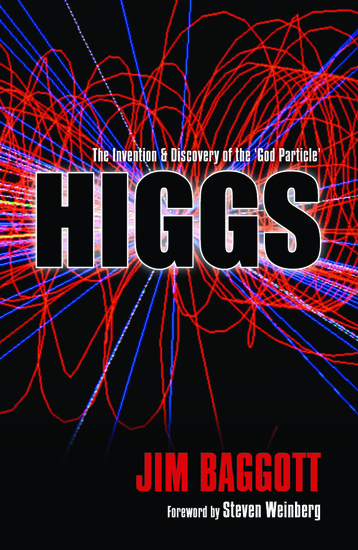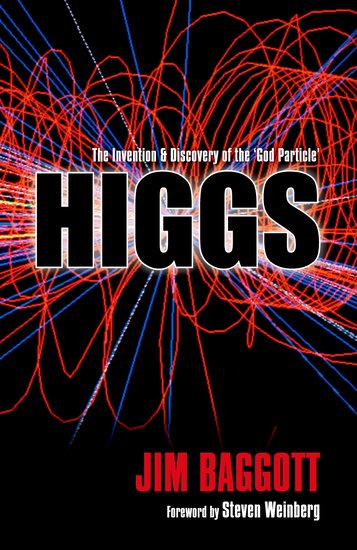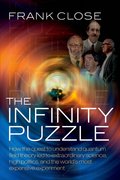Frank Close on the Higgs boson
In 2013, the Nobel Prize for Physics was awarded jointly to François Englert and Peter W. Higgs for their work on what is now commonly known as the Higgs field and the Higgs boson. The existence of this fundamental particle, responsible for the creation of mass, was confirmed by the ATLAS and CMS experiments at CERN’s Large Hadron Collider in 2012.

